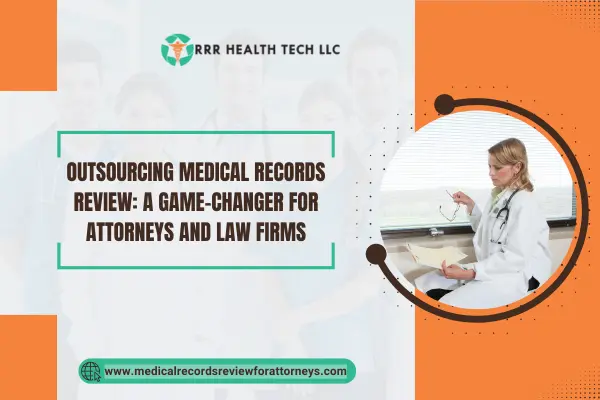
Introduction
Birth injuries have significant consequences on a child and their family. Recognizing the signs and symptoms of birth injury is vital, especially for parents and caregivers. This article explains the different types of birth injuries and their respective symptoms, the work of medical record review firms, and the assistance they offer to lawyers who work on these delicate matters.
What are Birth Injuries?
Definition
• Birth Injury: Any physical harm that a child sustains during delivery resulting from several reasons including but not limited to negligence by medical personnel.
• The Most Common Reasons Include:
• Failure to deliver a baby in good time
• Misuse of delivery tools such as forceps
• Under delivery oxygen
• Disease suffered by the mother
Signs and Symptoms of Birth Injuries
Physical Symptoms
• Bruising or Swelling: Obvious on the head or face mostly due to using forceps during delivery.
• Weakness in Limbs: Difficulty in bringing forward a hand or leg is suggestive of a nerve lesion.
• Seizures: Can indicate injury to the brain or the baby was not receiving sufficient oxygen during delivery.
Developmental Symptoms
• Delayed Milestones: Lacking in the ability to achieve developmental activities such as rolling over and sitting up.
• Abnormal Muscle Tone: Muscles may be too stiff (hypertonia) or too floppy (hypotonia).
Behavioral Symptoms
• Irritability: Pain or discomfort may manifest as severe crying or an inability to comfort the child.
• Feeding Difficulties: Neurological impairment may be associated with difficulties in latching or swallowing.
The Role of Medical Record Review Companies
Importance in Legal Cases
• Evidence Gathering: Medical record review companies examine birth records for signs of negligence or malpractice.
• Expert Testimony: Their opinions can be pivotal for court cases.
Collaboration with Attorneys
• Case Preparation: These companies are relied on by lawyers to provide analyses of medical records to prepare for cases.
• Settlement Negotiations: Reviews of medical records can result in settlement offers that are more likely to be accepted.
Legal Implications of Birth Injuries
Understanding Medical Malpractice
• Definition: Medical malpractice is the failure by a healthcare provider to adhere to the applicable standard of care resulting in some injury to the patient.
Common Claims:
• Failure to supervise fetal distress
• Lack of attention to the mother’s needs throughout labor and delivery.
Compensation for Birth Injuries
Types of Compensation:
• Medical Expenses: Assumed costs for future on-going medical care and needed therapies.
• Pain and Suffering: Payment awarded to the child or the family for the emotional trauma caused to the child and the family.
• Lost Wages: Refers to parents that may require time off work to tend to the child.
Case Studies
Case Study 1: Cerebral Palsy from an Injury at Birth
• Overview: A child developed cerebral palsy following a traumatic birth due to excessive force being applied during the delivery.
• Challenges: Proving that a healthcare provider’s action caused the injury.
• Solutions: A detailed examination of the medical records showed there was no adequate care during the labor process.
• Compensation: The family was provided with $2 million to meet the medical needs and continual care of the child.
Case Study 2: Brachial Plexus Injury
• Overview: A child mistress suffered brachial plexus injury due to the use of forceps in delivery to the child with no proper care.
• Challenges: Showing there was instrument negligence in the use of delivery devices.
• Solutions: Evaluation of the medical records showed that nurses did not follow the delivery protocol.
Conclusion
It is important for the families to know and recognize the signs of birth injury. With early identification of these symptoms, families will be able to obtain the required medical attention or legal aid. In these situations, medical record review companies help lawyers file claims for their clients so that families are adequately compensated.


